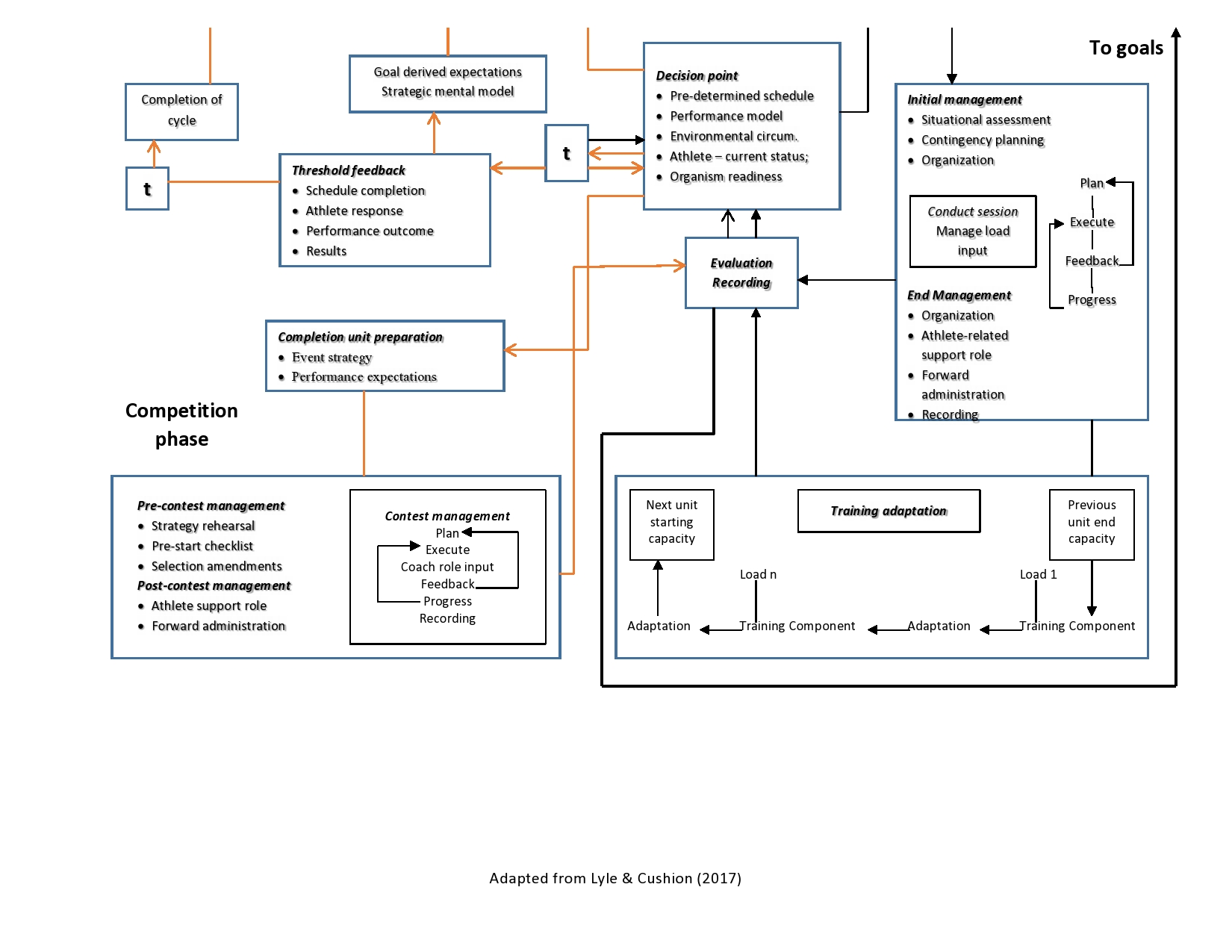Leadership Development Case
Discussion 6.1
Discuss ways in which low power distance as a social value among followers could affect their interaction with a leader who displays high power distance.,
Discussion 6.2
How do you feel about personally using Machiavellian-style leadership?, What do you see as some positive and negative aspects of Machiavellian-style leadership?

Assignment 6.1
Chapter 12 Leadership Development Case for Analysis: The Suarez Effect
Writing Requirements
- APA format, 2 pages for each question
- Use the APA template located in the Student Resource Center to complete the assignment.
MRKT450:7:Online New Product Development (US & Global)
Discussion 6.1
Review chapter 10 and answer the following scenario:
“Our small electrical engines division recently threw out a screening system that was based on a fairly complete scoring model, as they called it. Seems the model kept rejecting too many of their product ideas, some of which looked like sure winners to them–and to me, incidentally. Under their new system, a top-management committee reviews these ideas personally, without all that paperwork, and it looks like things will be better. Do you have any reaction to that?”
Leadership Development Case
Discussion 6.2
Check out this website. Pick an article and discuss the value and their insights.
https://www.cashmanagement.org/cash-forecasting/
Assignment 6.1
Look at these two methods of meeting the Criteria for New Products. What are your thoughts. How do we meet each of these requirements or Do we have to meet all of them. Picture this. You have a new Product to introduce to the Management. Is it important that your product meet ALL of the criteria?
Criteria Based on the NewProd Studies
- Must-Meet Criteria (rated yes/no):
– Strategic alignment
– Existence of market need
– Likelihood of technical feasibility
– Product advantage
– Environmental health and safety policies
– Return versus risk
– Show stoppers (“killer” variables)
- Should-Meet Criteria (rated on scales):
– Strategic (alignment and importance)
– Product advantage (unique benefits, meets customer needs, provides value for money)
– Market attractiveness (size, growth rate)
– Synergies (marketing, distribution, technical, manufacturing expertise)
– Technical feasibility (complexity, uncertainty)
– Risk vs. return (NPV, IRR, ROI, payback)
Writing Requirements
- APA format, 3 pages in length (excluding cover page, abstract, and reference list)
- Use the APA template located in the Student Resource Center to complete the assignment.
Leadership Development Case
Discussion 7.1
Review Chapter 13 and discuss the following scenario:
“Most of our divisions believe in customer integration — involving the user in the new product process. I am a fanatic on it. But some people want us to carry this right into the technical design phase. This would be dangerous. A lot of what we do must be secret–we can’t patent most of our ideas, and timing is every¬thing. That’s why we put so much emphasis on speed of development. But I still get pushed to do more. Help me. Tell me all the things we might do to get integrated customers but at the same time minimize the risks of losing our secrets.”
Discussion 7.2
Corporate Design Foundation (www.cdf.org): Follow the links to the on-line newsletter, @Issue. Browse the titles of articles in the current issue and recent back issues and select one that addresses some aspect of product design. Prepare a summary of the article. Discuss the important role of design in the success of the product discussed in your article.
Discussion 8.1
Procter & Gamble (www.pg.com): Explore the P&G site and figure out how they test the likely market acceptance of their newest products., Is this an effective method? What are its pros and cons? ,What do you think of some of the newest products under consideration?
FINAL EXAM
You are going to be developing a new product for the company. You have to choose a team. Using the following format who would be on your team and what are the requirements you are looking for to develop your team.
Building a Team
• Establishing a Culture of Collaboration
• Team Assignment and Ownership
– Empowered product champion
• Selecting the Leader
– A good general manager
• Selecting the Team Members
– Core and extended team members
Leadership Development Case
Writing Requirements
- The questions need to be answered in paragraph format.
- Your final submission for each case study should be 2-4 pages in length with APA formatting for each case study.
- You will need to have a minimum of 2 web sources for each case study.
- Use the Databases and APA template located in the Student Resource Center to complete the assignment.











